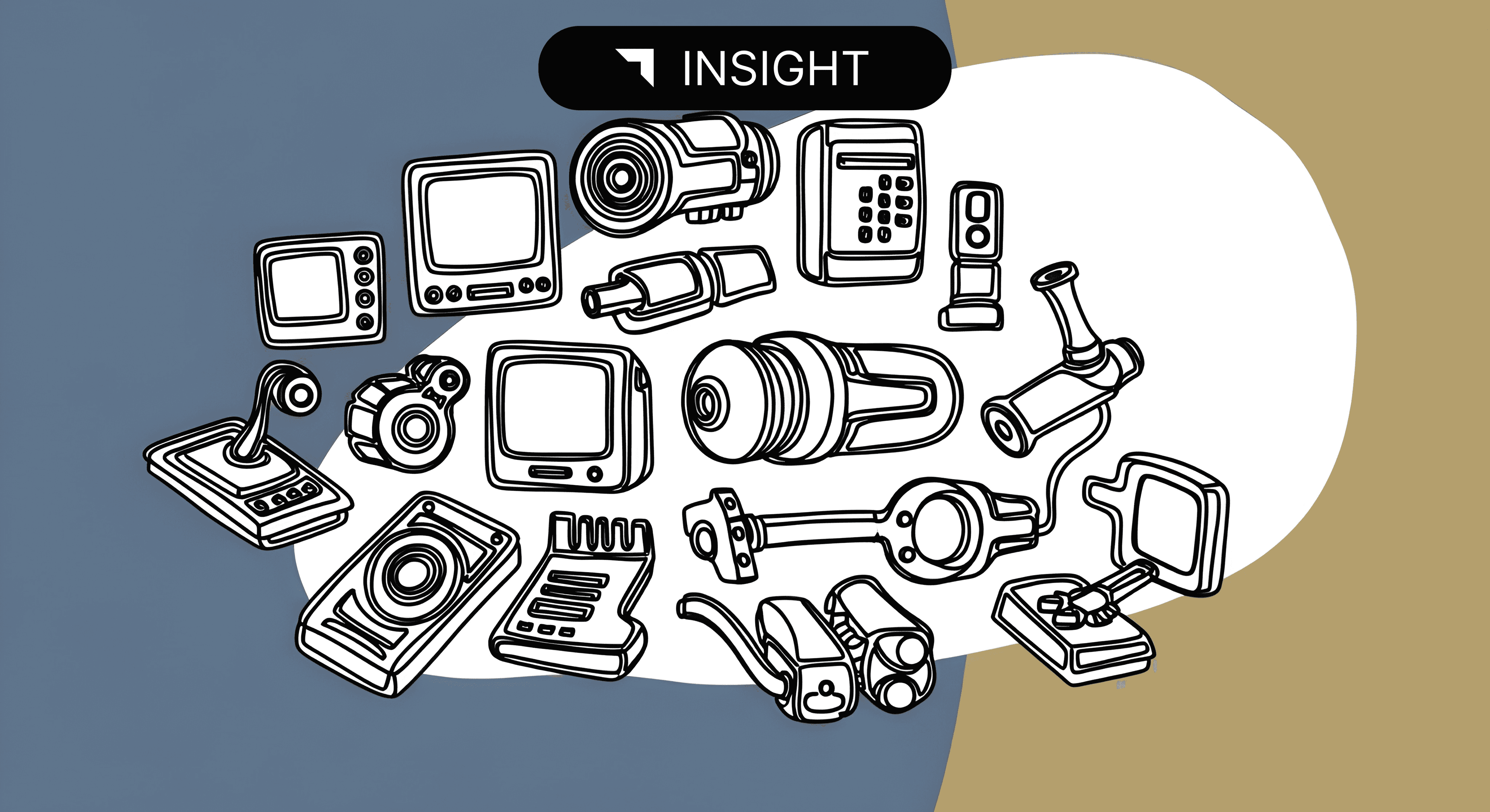
The Fine Line Between Tariff Engineering and Evasion
Understanding the Distinction
Tariff engineering and tariff evasion are often confused, but they are
not the same.
Tariff engineering is a lawful practice that involves designing or
modifying a product so that, when imported, it qualifies for a lower
duty rate under the Harmonized Tariff Schedule (HTS).
Tariff evasion is illegal because it involves concealing,
falsifying, or misrepresenting information to avoid paying the correct
duty.
The difference is about truthfulness at the border.
If your product, as imported, truly meets the classification you
declare, that is tariff engineering.
If you manipulate data, labels, or descriptions to make it appear
compliant, that becomes evasion.
How Customs Defines Each Practice
Concept Legal Status Example Key Principle
Tariff Legal Designing a Classification must
Engineering shirt with a reflect the product's
specific fiber actual condition at
composition import
that falls
under a lower
duty rate
Tariff Illegal Misdeclaring False or misleading
Evasion fiber declarations violate
composition, U.S. Customs law
undervaluing
invoices, or
mislabeling
country of
origin
U.S. Customs and Border Protection (CBP) recognizes tariff engineering
as a legitimate planning tool, as long as the importer exercises
reasonable care and maintains documentation to support the
classification.
Evasion, however, is treated as a violation under 19 U.S.C. §1592,
which covers false statements or omissions during entry.
Where Companies Go Wrong
Even experienced compliance teams can blur the line between strategy and
risk when optimizing for tariff outcomes. Common pitfalls include:
1. Incomplete Product Transformation
If a product is only partially modified but still retains the essential
character of the higher-duty version, Customs may challenge the
classification.
2. Unsubstantiated Descriptions
Descriptions that omit critical details, such as materials or use, can
lead to incorrect classification and allegations of negligence or fraud.
3. Origin Masking
Altering documentation or routing goods through intermediate countries
to hide the true origin is not tariff engineering. It is evasion.
4. Post-Import Changes
Adjusting or transforming goods after entry to meet a desired
classification undermines the basis for the declared duty treatment.
Enforcement and Consequences
CBP's Enforce and Protect Act (EAPA) expanded its ability to
investigate and penalize duty evasion.
If Customs determines that an importer engaged in evasion such as
undervaluing goods, misclassifying products, or altering documentation,
it can impose:
- Duty recovery with interest\
- Civil penalties or seizure of goods\
- Suspension of preferential duty programs\
- Referral for criminal investigation in severe cases
Even unintentional errors can trigger prior disclosure obligations that
require careful handling and fast response.
Building a Defensible Strategy
To keep your duty-saving initiatives compliant:
-
Document Every Design Decision
Keep technical drawings, bills of materials, and notes that explain
how a product's design influences its classification. -
Cross-Reference CBP Rulings
Use publicly available CROSS rulings to validate your position or
find similar precedents. -
Apply Reasonable Care Standards
Implement internal controls, classification reviews, and periodic
audits to ensure accuracy. -
Leverage AI Tools for Legal Consistency
Use Trade Insight AI to evaluate multiple HTS options, review GRI
logic, and ensure that your reasoning aligns with Customs
interpretations.
Why It Matters More Than Ever
In a complex trade environment filled with changing tariffs,
origin-based duties, and increasing enforcement, importers cannot afford
to take shortcuts.
The best compliance programs focus on transparency and
defensibility.
Tariff engineering can deliver a competitive advantage when supported by
clear documentation and accurate classification data.
Explore Compliance With Confidence
Trade Insight AI helps importers and compliance teams classify products with audit-ready documentation.
Each classification result is supported by legal reasoning, GRIs, and precedent so your strategies remain both effective and compliant.
Start building a defensible classification strategy today with Trade Insight AI.
Related News

October 14, 2025
What Is the Harmonized Tariff Schedule (HTS) and Why It Matters for Global Trade
Read more →
December 9, 2025
The Most Common Mistakes When Using CROSS for HTS Research
Read more →
December 11, 2025